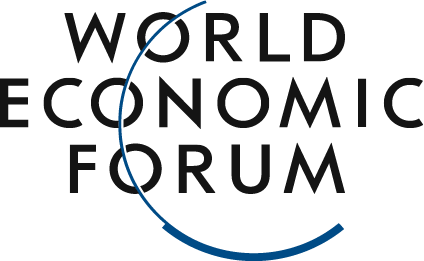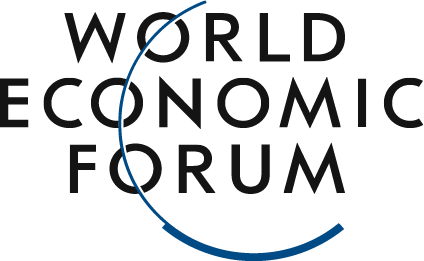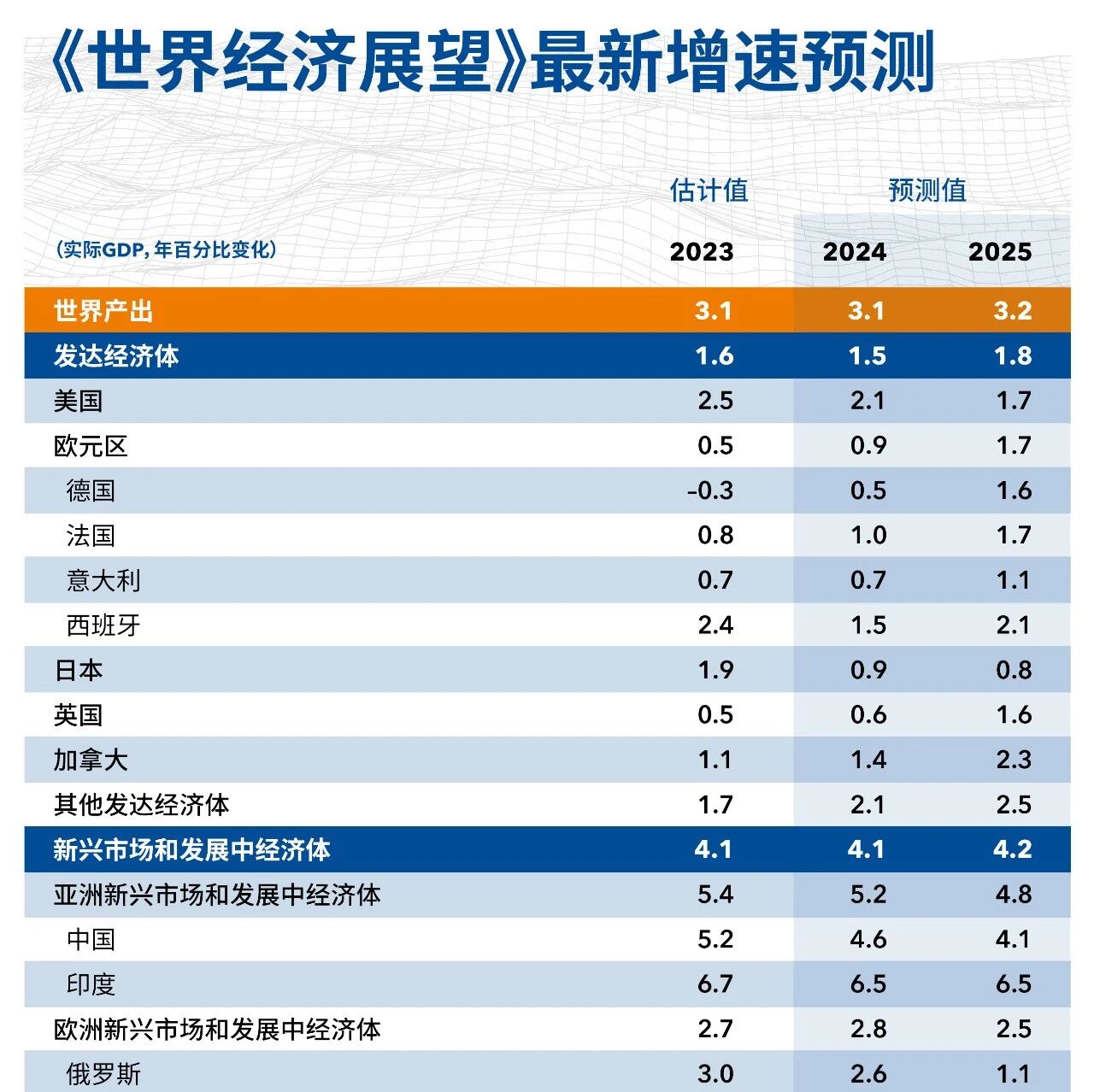Image source: Element5 Digital on Unsplash
Sun Lei
Chief Marketing Officer of Yixian Group
Facing the severe challenges of extreme weather and global warming, major cosmetic companies are increasingly prioritizing sustainable development and accelerating their green transformation to reduce carbon emissions. Meanwhile, adopting a circular economy model has emerged as a critical pathway for these companies to cut their carbon footprints. By integrating circular economy principles into their growth strategies, businesses are working toward establishing comprehensive, system-based circular ecosystems. However, how to create true circular economy loops—enabling low-carbon growth—remains a common challenge that all leading companies must address.
How to Achieve "Low-Carbon Growth": Challenges Faced by Cosmetics CompaniesAs the global economy steadily recovers, the cosmetics market is thriving with renewed vitality. In 2023, China’s cosmetics market surpassed the trillion-yuan mark, reaching 1,044.545 billion RMB—a 3.61% increase year-on-year—solidifying China’s position as the world’s largest consumer market for cosmetics. Meanwhile, the global cosmetics market is projected to grow to $113.2 billion by 2025, highlighting its immense potential and vast room for expansion.However, behind these impressive figures lies immense pressure on the environment. The global cosmetics industry produces approximately 120 billion packaging units annually, with non-biodegradable plastic materials making up the bulk of this staggering number. According to data released by the environmental organization Beat The Micro Bead, 95% of these packages are discarded after just one use, while only 14% of plastic packaging is actually recycled. Moreover, the production process of cosmetics itself is a significant contributor to carbon emissions. A Life Cycle Assessment (LCA) of cosmetic products reveals that, across all stages—from product design and ingredient traceability to transportation, usage, and disposal—greenhouse gas emissions from the cosmetics industry account for roughly 0.5% to 1.5% of the planet’s total carbon footprint. Notably, 40% of these emissions stem directly from the natural or chemical ingredients used in cosmetics, as well as from packaging processes and the carbon released during the disposal of product waste.Therefore, how to achieve a low-carbon transition while sustaining business growth and reducing the environmental burden has become a critical challenge for cosmetic companies on their path to development.Building a Circular Economy: A Key Path to Sustainable Development for Cosmetics CompaniesTo achieve sustainable development, global cosmetics companies are actively implementing measures tailored to their specific circumstances, adopting green packaging and sustainable materials as part of their efforts to accelerate the transition toward sustainability.According to a report by the World Economic Organization, among the measures implemented by companies following circular economy principles, 68% focus on improving waste management efficiency, 53% involve recycling and reusing plastics, and 47% are dedicated to reducing the use of single-use plastic products. For instance, an international cosmetics company has committed to ensuring that 100% of its product packaging by 2030 will be made from recycled plastics or bio-based materials. Meanwhile, another cosmetics firm plans to increase its use of post-consumer recycled (PCR) plastics to over 25% by 2025, while aiming to cut down the use of virgin petroleum-based plastics to below 50% by 2030. These initiatives not only underscore the cosmetics industry's unwavering commitment to environmental protection but also steadily advance the development of a circular economy system.As an economic model designed to achieve efficient resource utilization and environmental sustainability, many countries around the globe have already integrated the circular economy as a critical component of their strategic development plans. In 2015, the European Union launched its first "Circular Economy Action Plan," aiming to drive a green transformation of the economy by promoting sustainable product design, minimizing waste, and boosting recycling efforts. Then, in 2021, the UK government formally enshrined its ambitious goal of achieving net-zero carbon emissions by 2050 through the newly revised "Climate Change Act." Meanwhile, in China, the government is actively advancing initiatives to establish a fundamentally green, low-carbon, and circular economic system by 2035. Clearly, building a circular economy has become a cornerstone in both domestic and global efforts to reduce carbon emissions—and it also stands as a vital pathway for cosmetics companies striving toward sustainable growth.The core of achieving a circular economy loop: bridging the gap between the industrial and consumer ends.In August 2024, the Chinese government released its latest "Opinions on Accelerating the Comprehensive Green Transformation of Economic and Social Development," advocating the implementation of a nationwide conservation strategy and vigorously promoting the circular economy. The plan aims to establish a green, low-carbon, and circular economic system by 2035, with green production and lifestyle practices widely adopted across society.Based on this, the report jointly released by the Ellen MacArthur Foundation and Tsinghua University emphasizes the need to encourage businesses to actively embrace the Extended Producer Responsibility (EPR) system. This system requires companies not only to focus on the production phase of their products but also to extend their accountability throughout the product’s entire lifecycle, thereby assuming corresponding environmental and social responsibilities. Furthermore, the report highlights that achieving a closed-loop circular economy cannot rely solely on companies’ individual efforts; it is equally crucial to drive shifts in consumer behavior and lifestyle choices, as well as to promote and foster the development of sustainable, circular consumption patterns. This underscores that businesses must integrate circular economy principles into every stage of their operations and production—while also placing greater emphasis on consumers’ roles and their level of engagement.On the industry front, building green supply chains is a critical step toward achieving a circular economy. It requires companies to adhere to stringent environmental standards at every stage—ranging from raw material procurement and product distribution all the way through to recycling and disposal. Yixian Group is actively embracing this approach as well. In terms of supplier management, the company has established the "Supplier Management System," which ensures efficient, lifecycle-based oversight of supplier onboarding, performance evaluation, and eventual exit. Additionally, environmental management practices and certifications like energy management systems are factored into the criteria for selecting suppliers, offering them extra points in the evaluation process. As of the end of 2023, the company had 145 direct suppliers, among whom 65 have already earned certifications such as ISO 9001, ISO 45001, and SA8000, reflecting their commitment to social responsibility and sustainability. Meanwhile, the group is also encouraging suppliers to proactively tackle carbon reduction challenges, seize emerging opportunities, and work collaboratively toward continuously lowering the overall carbon footprint of the supply chain.In terms of green packaging, Yixian Group is committed to integrating the principles of "plastic reduction and material minimization" throughout the entire product lifecycle. Specific measures include replacing plastic films with sealing stickers, introducing refillable packaging designs, and eliminating paper instruction manuals—actions that have significantly cut down on paper usage. Meanwhile, the group’s two flagship brands, Galénic from France and EVE LOM, have taken a proactive step by using eco-friendly paper as packaging fillers. This innovative approach not only enables the successful recycling of packaging materials but also ensures 100% biodegradability, effectively minimizing the environmental impact.On the consumer end, driving a transformation in consumption patterns is a critical component for businesses aiming to advance the circular economy. Consumers are increasingly environmentally conscious, with growing preferences for sustainable products—both of which serve as powerful forces propelling the implementation of the circular economy within the cosmetics industry. Companies must inspire consumers to actively engage and encourage them to take concrete steps toward contributing to the circular economy.Yixian Group has also been making several proactive efforts in this area: For instance, they’ve added the PAP label to product packaging boxes and are encouraging consumers to recycle VC ampoules, aluminum foil bags, and even the boxes themselves by placing them in designated recycling bins. This initiative aims to inspire consumers to join the sustainable journey of turning waste into valuable resources. By doing so, Yixian Group is fostering a stronger, more interactive relationship with its customers while effectively driving positive changes in consumer behavior.Driven by the global wave of sustainable development, the cosmetics industry is entering a critical phase of green transformation. To achieve long-term growth within the circular economy and effectively bridge the gap between industry and consumer ends is essential for closing the loop of the circular economy. By leveraging the combined strength of these two key areas, the industry can successfully build a robust circular economic model, paving the way for "low-carbon growth."The above content represents the author's personal views only.Feel free to share this on WeChat Moments; please leave a comment below the post if you’d like to republish.
Editor: Wang Can
The World Economic Forum is an independent and neutral platform dedicated to bringing together diverse perspectives to discuss critical global, regional, and industry-specific issues.
Follow us on Weibo, WeChat Video Channels, Douyin, and Xiaohongshu!
"World Economic Forum"





